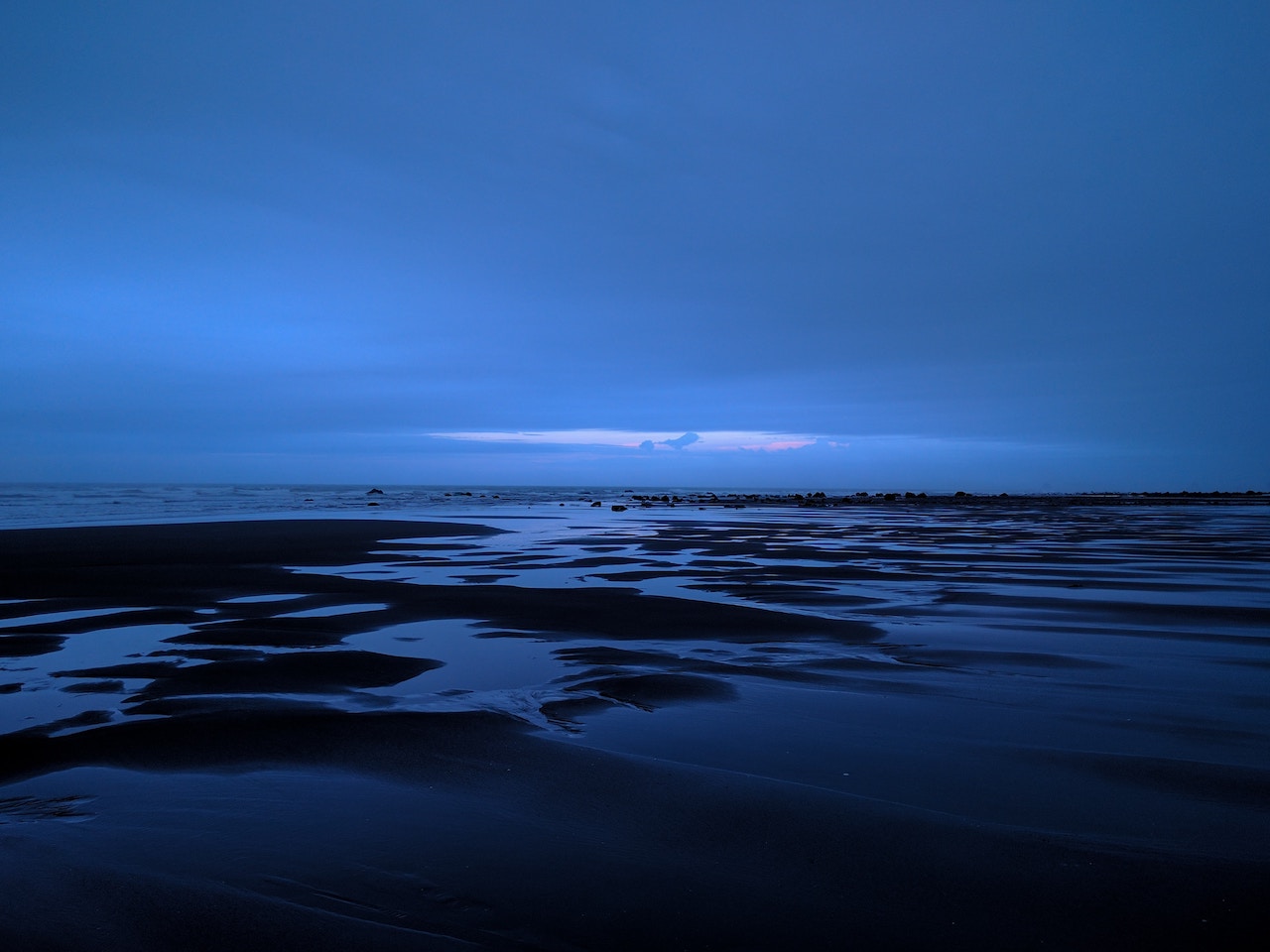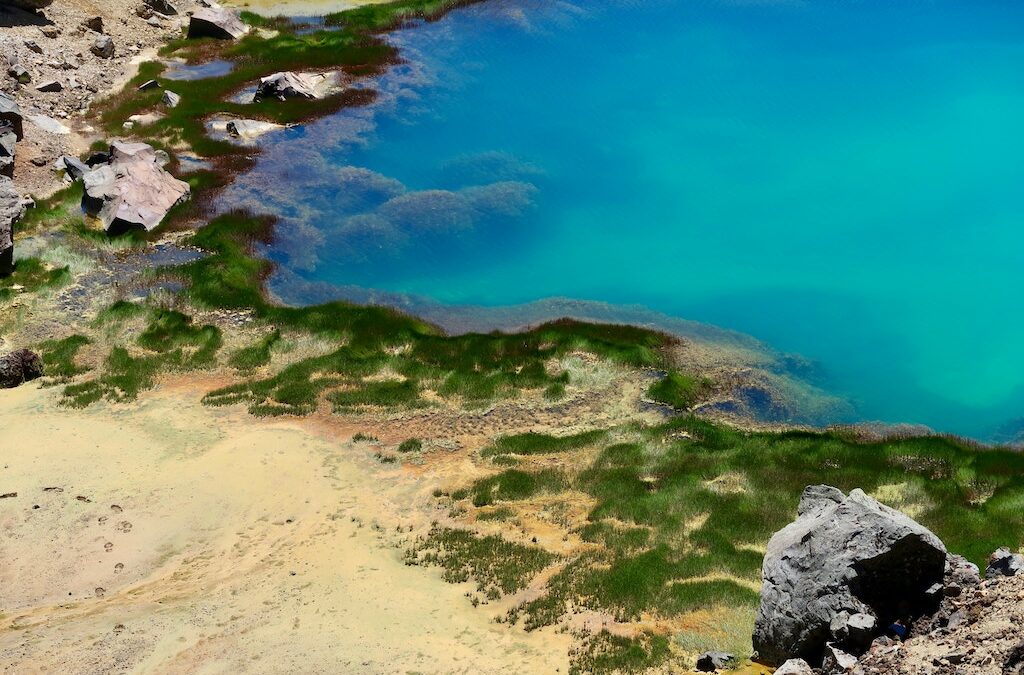In Aotearoa New Zealand (hereafter Aotearoa), upon the meeting of strangers with Māori (the Indigenous people of Aotearoa), oftentimes you’ll hear the question “Ko wai koe?”, meaning “Who are you?”. The word ‘wai’ also translates to mean ‘water’. Thus for Māori, the question draws a broader inquiry into which bodies of water (ocean, lakes, rivers) one draws their ancestral identity from. Imbued in such questions is the inherent understanding of one’s physical and spiritual connections to the lands and waters of their forebears. For Indigenous peoples, such understandings form both an inheritance (Efi, 2003, p. 51) and a solemn responsibility towards long-sighted stewardship and generational guardianship of the natural environment (Redvers et al., 2023).
The rights of Indigenous peoples to maintain their distinctive spiritual connections with their traditionally owned lands, territories, coasts, waters and other resources has been recognised by the United Nations (United Nations, 2007). The sovereign values, protective principles, and regenerative protocols have been captured in traditional knowledges passed through generations in metaphorical oral histories, vivid symbolism, and creative performance art (United Nations, 2019). Such embodied ways of being and knowing have ensured that Indigenous peoples uphold their generational responsibilities to the natural environment and have led them to be the most effective agents in preserving eighty percent of the world’s remaining biodiversity (Redvers et al., 2023). The concerning loss of this biodiversity and the better part of today’s environmental crises are directly caused by the lasting legacy of colonialism and its ongoing impacts (Ghosh, 2015).
The Pacific region covers a third of the earth’s surface, making it the most important site for the impact of climate change on human habitation. With rising sea levels, changes in water salinity, volatile weather patterns and the impacts on coral systems, some of these island nations may soon become uninhabitable. Climate change has and will continue to have dramatic consequences on the island nation states in the Pacific Ocean. Although these nations are home to only one percent of the global population, they are also home to over a thousand languages, making the Pacific region the most linguistically diverse region in the world. Therefore, climate change not only presents an urgent threat to the natural environment in the Pacific but also a direct threat to the survival of languages, cultures, and the very identities of these island nation-states. Pacific identity, as described below from the Samoan perspective, is innately bound to the natural environment.

Oka Sanerivi
Oka is a Physiotherapist of Samoan and Tongan heritage. He has worked across public and private sectors and has recently established the Samoan Physiotherapists Network that deployed three PTs to serve in Samoa in response to the recent Measles epidemic. He has been gifted the chiefly title of ‘Lilo’ from his village of Matautu-Uta, Lefaga, in Samoa and lives in Turanga-nui-a-Kiwa/Gisborne (NZ) with his wife and three children.
Part of the protective impetus for Indigenous peoples’ is that their cosmology and identity are wrapped in the natural environment, such that resistance to colonisation, exploitation, and extraction of the natural environment has had as much to do with protecting the sovereignty of people as much as the environment. Part of dismantling the ongoing impacts of colonialism has been the reasserting of Indigenous relational perspectives of the natural environment and having these views recognised by colonial institutions, legal organisations, and government agencies. This has been the story and struggle of the people of Whanganui Iwi and their ancestral river, Te Awa Tupua.
Te Whanganui Iwi, the Māori tribe of the Whanganui region in the North Island of Aotearoa, share two ancestors Paerangi and Ruatipua. The latter draws “lifeforce from the headwaters of the Whanganui River from Mount Tongariro and its tributaries which stretch down to the sea” (Hsiao, 2012). This elicits the expression from Māori indigenous to the region, “Ko au te awa, Ko te awa ko au”, meaning, “I am the river and the river is me”. Thus, the Whanganui Iwi view the Whanganui River and its tributaries as their ancestor, as a taonga (treasure), and as a living being named Te Awa Tupua (Hsiao, 2012). These genealogical and ecological beliefs spurred the Iwi into action against the New Zealand Government’s incessant attempts to privatise the river, extract its resources for other developments (such as river rocks for roading), and introduce foreign fish species, such as foreign salmon which decimated the native salmon species.
In a watershed moment in this guardianship struggle in 2012, Whanganui Iwi’s unwavering leadership and advocacy succeeded in gaining legislative agreement between the Iwi and the crown with “recognition of the Whanganui River as Te Awa Tupua, a living being and an entity in its own right, and the unique status of the Whanganui River in relation to Te Awa Tupua and its governance. These are expressed as the following principles:
Te Awa Tupua mai i te Kahui Maunga ki Tangaroa
An integrated, indivisible view of Te Awa Tupua in both biophysical and metaphysical terms from the mountains to the sea;
Ko au te awa, ko te awa ko au
The health and wellbeing of the Whanganui River is intrinsically interconnected with the health and wellbeing of the people;
Te Mana o Te Awa
Recognising, promoting, and protecting the health and wellbeing of the River and its status as Te Awa Tupua; and
Te Mana o Te Iwi
Recognising and providing for the mana and relationship of the Whanganui Iwi in respect of the River.” (Hsiao, 2012)

Photo by Tyler Lastovich on Unsplash
This was the first-ever legal recognition of the personhood of an ecosystem. This recognition fundamentally returned the river’s legal status from “property with interests to be used to a whole, a living entity from which generations draw their identity and sustenance (ibid.).”
Hsiao argues that the future realisation of the protection of ecosystems may depend on the ability of Indigenous peoples to infiltrate and influence colonising institutional thinking.
Hsiao (2012) maintains that “the use of traditional knowledge will be important – not merely in the sense that traditional knowledge is absorbed and used in Western science and understandings, but as far as shaping the entire way that Western thought and power are conceived and exercised.”
This is why Indigenous leadership matters. Planetary health and environmental physiotherapy become more humane with Indigenous leadership.
Here are some questions for the physiotherapy community related to viewing nature as a person:
How does seeing nature, or ecosystems shape our approach to the rehabilitation of both people AND the ecosystems from which they draw their identity and sustenance?
What physiotherapy policies and procedures would need to change if we viewed ecosystems as persons?
How could traditional knowledge shape “the entire way that Western thought and power, including the thought, power and practice of physiotherapy are conceived and exercised”?
Let’s take these questions very seriously and explore them together.
References
Header image by Sylvain Cleymans on Unsplash
Efi, T. A. T. T. (2003). In Search of Meaning, Nuance and Metaphor in Social Policy. Social Policy Journal of New Zealand(20). https://www.msd.govt.nz/about-msd-and-our-work/publications-resources/journals-and-magazines/social-policy-journal/spj20/nuance-and-metaphor-in-social-policy-20-pages49-63.html
Ghosh, A., (2015). The Nutmeg’s Curse: Parables for a Planet in Crisis. John Murray Publishing House.
Hsiao, E. C. (2012). Whanganui River Agreement-Indigenous Rights and Rights of Nature. Envtl. Pol’y & L., 42, 371.
Redvers, N., Celidwen, Y., Cloud, Q. Y., Jensen, A., & Githaiga, C. (2023). Indigenous solutions to the climate and biodiversity crises: A reflection on UNDRIP. PLOS Glob Public Health, 3(6), e0002060. https://doi.org/10.1371/journal.pgph.0002060
United Nations. (2007). United Nations Declaration on the Rights of Indigenous Peoples. https://www.un.org/development/desa/indigenouspeoples/wp-content/uploads/sites/19/2018/11/UNDRIP_E_web.pdf
United Nations. (2019). Traditional knowledge – an answer to the most pressing global problems? United Nations. https://www.un.org/uk/desa/traditional-knowledge-%E2%80%93-answer-most-pressing-global-problems


